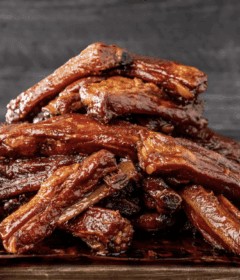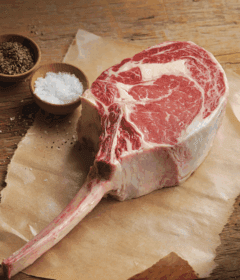Most Popular Seafood
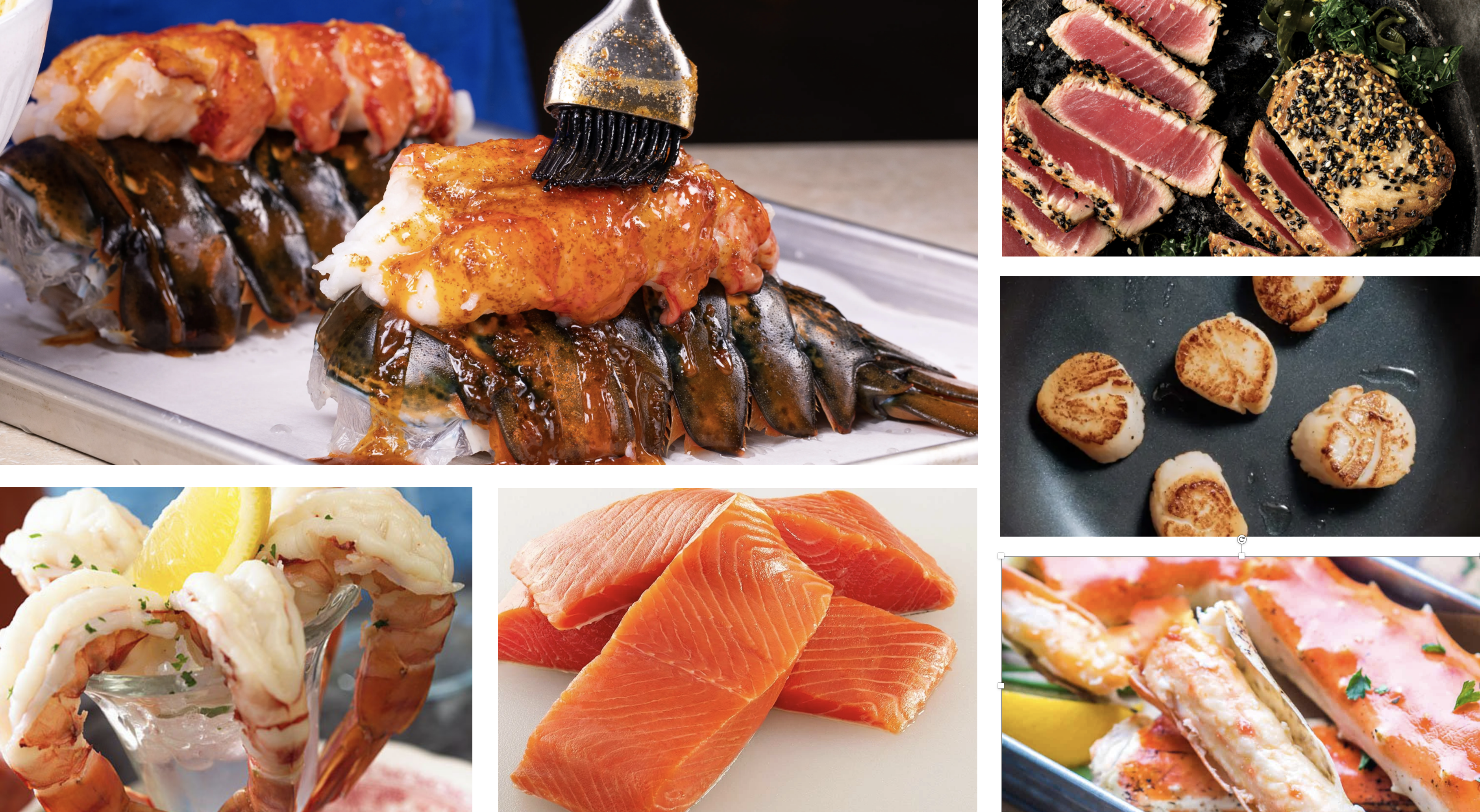
Most Popular Seafood – Did you know that seafood is a prevalent protein in the United States?
Americans consume about 4.5 billion pounds of seafood each year.
Most Popular Seafood – While there are so many types of seafood to choose from, some varieties are more popular than others.
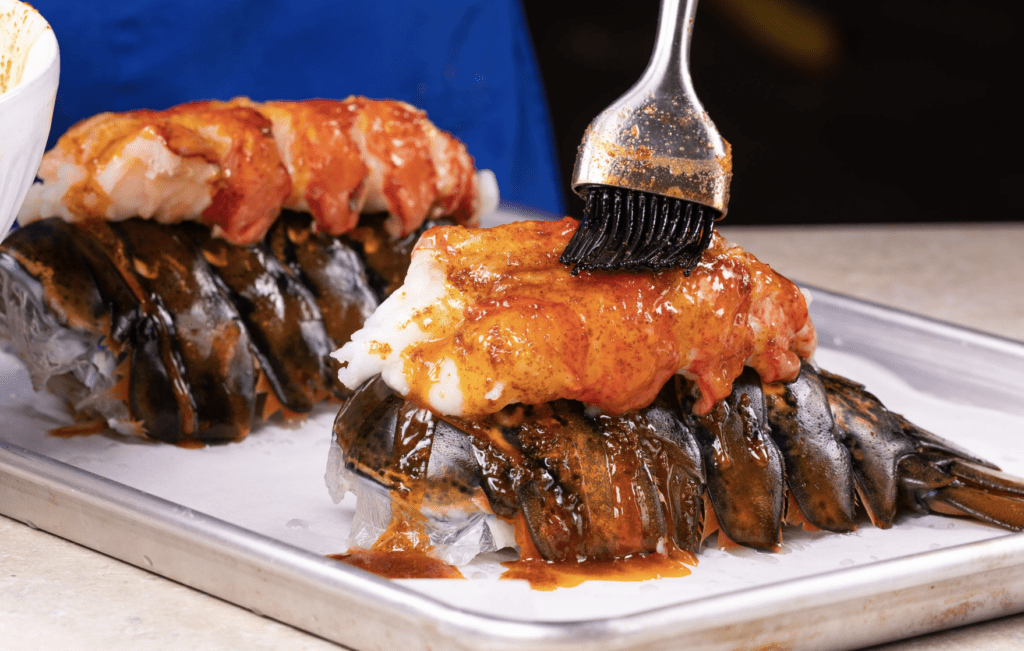
Most Popular Seafood – Lobster
Lobsters are a family of marine crustaceans.
They have long bodies with muscular tails and live in crevices or burrows on the sea floor.
Three of their five pairs of legs have claws, including the first pair, which are usually much larger than the others.
Fresh versus Frozen: Live lobsters or frozen lobster tails are both good options.
If you’re buying a live lobster, look for one that’s spunky, moves quickly in its tank and has large antennae.
Its tail should curl up when lifted from the tank.
Frozen lobster tails are a good option if you live somewhere where you can’t buy live lobster, and they can be easily shipped across the country.
The boiling time depends on the weight of the individual lobster.
These boiling times err on the side of slightly less time than other sites might suggest, because it’s always better to ever so slightly undercook – they’ll come up to temperature as they drain.
A lobster that’s overcooked by even a minute will be rubbery and tough.
1-pound lobster: boil 5-6 minutes
1 1/4-pound lobster: boil 7-8 minutes
1 1/2-pound lobster: boil 8-9 minutes
2-pound lobster: boil 10-12 minutes
3-pound lobster: boil 12-14 minutes
Lobster is cooked when it reaches 135 to 140 degrees F. Insert the thermometer into the thickest part of the tail (through the underside) to check.
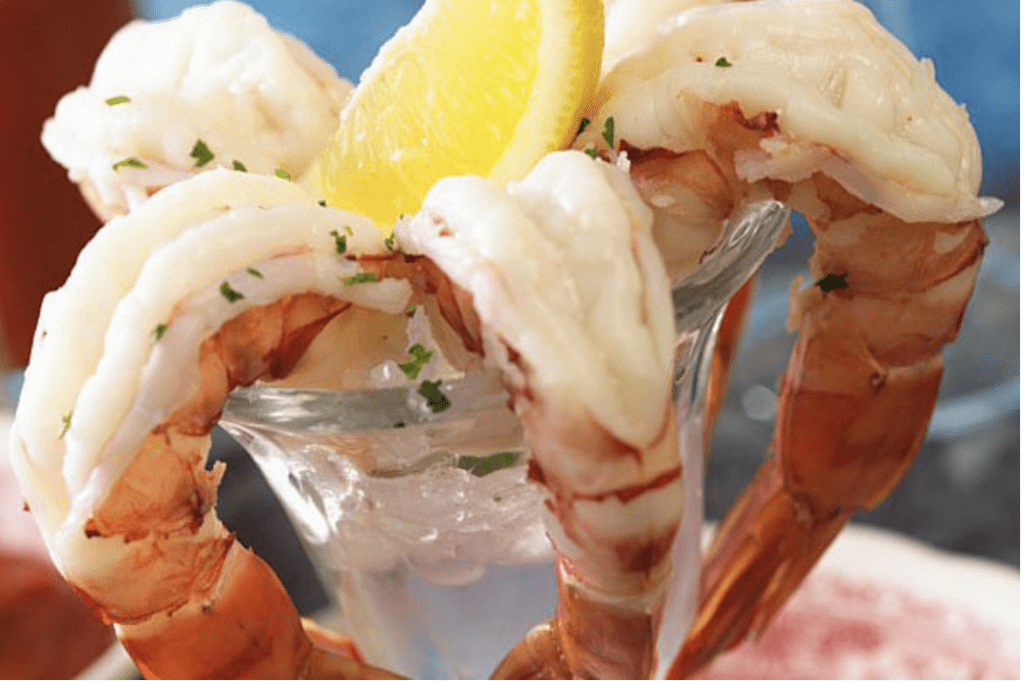
Most Popular Seafood – Prawn
Where you live likely determines whether the term Prawn or Shrimp is used, even though there are physical differences – size, number of claws and reproduction process.
In North America, “shrimp” is used more commonly, while “prawn” refers to species that are larger or found in fresh water. Commonwealth countries and Ireland tend to use “prawn” more frequently.
Prawns, whether cooked or raw, should smell fresh and not fishy.
They should look moist – avoid the ones that look dry or have cracked shells.
Prawns can be bought either raw or cooked and are sometimes already prepared (head and shell removed) or left in the shell.
When raw, prawns have a blue-grey color and turn pink once cooked.
Prawns and shrimp cook very quickly, no matter which method you use: boiling, pan-frying, grilling or air frying.
You’ll know they’re done when they lose their translucence and curl into a C-shape.
They’re safe to eat when they’ve turned completely opaque with a pink color and bright-red tails.
If you’ve skewered them, you won’t be able to rely on the curl, so watch for their color to turn.
It’s easy to overcook shrimp and the result is horribly disappointing.
Shrimp become tough and rubbery when cooked too long, so watch carefully.
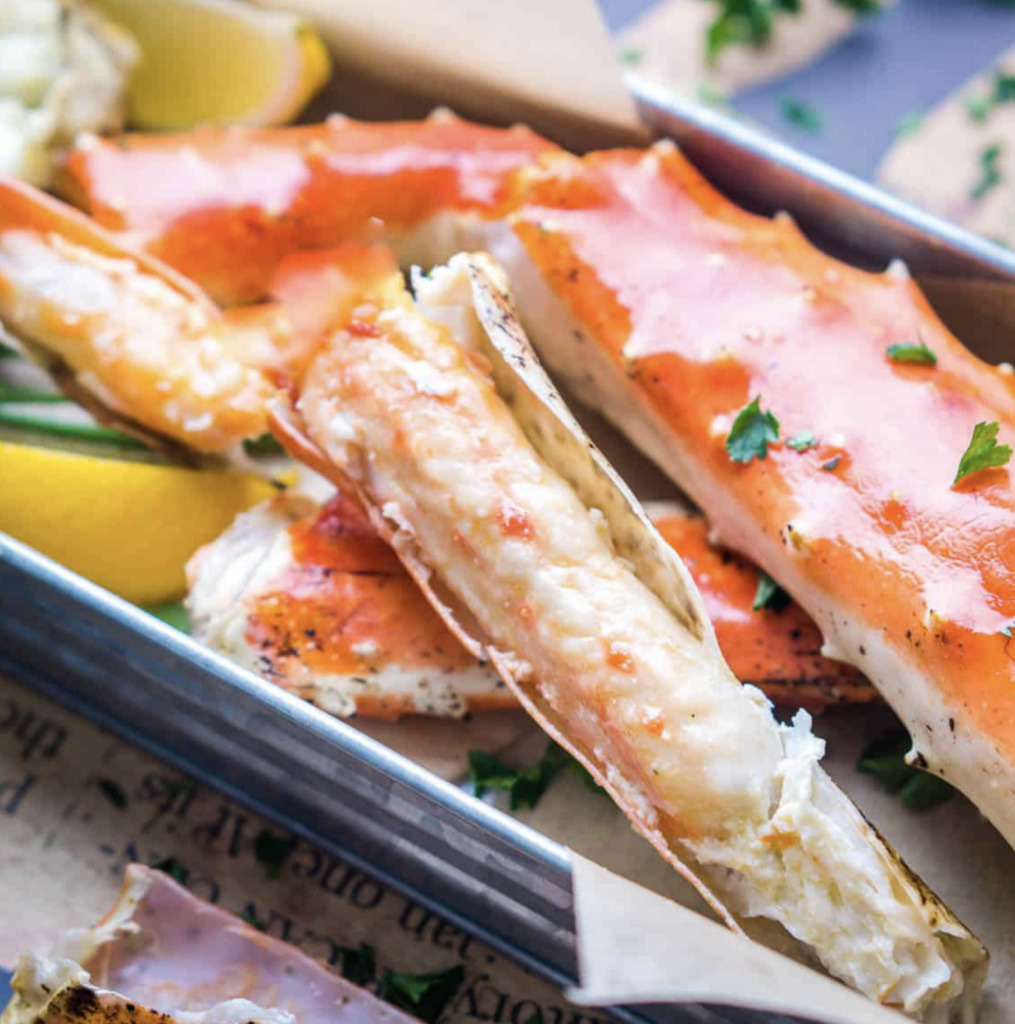
Most Popular Seafood – King Crab
King crabs are a taxon of decapod crustaceans chiefly found in cold seas.
Because of their large size and the taste of their meat, many species are widely caught and sold as food, the most common being the red king crab.
The best way to cook them is by steaming them.
The gentle, moist heat helps preserve the pure, sweet taste and the tender texture of the meat.
They’re also less likely to overcook and turn rubbery or lose their flavorful juices, as they often do when they are boiled.
Add a basket to a large pot along with a few cups of water.
Add the crab legs to the basket. Feel free to bend them at the joint to make them fit.
Place the lid of the pot on.
If the lid does not fit because of the basket, place foil over top of the pot and crimp the edges to seal and steam.
Steam for about 5-7 minutes.
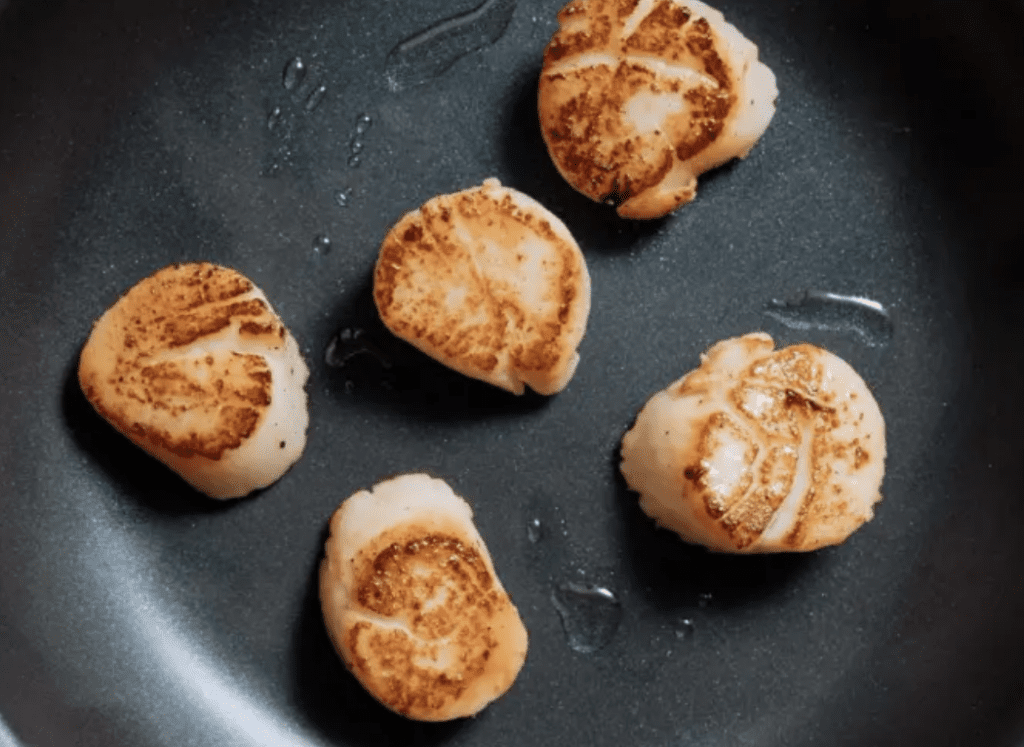
Most Popular Seafood – Scallops
In general, you’ll find most scallops to fall under one of two umbrellas: bay scallops or sea scallops.
Sea scallops are caught year-round up to 200 meters deep in cold sea waters, and normally range between 1 ½ to 2 inches in diameter.
A pound of sea scallops is typically made up of about 20 to 30 scallops.
They’re a little more chewy than tender bay scallops, but they still do best with a short cooking time.
Bay scallops on the other hand are caught in the cold, shallow waters of East Coast estuaries and bays.
They are about a third the size of sea scallops, averaging about ½ inch in diameter and can range in weight from 50 to 100 scallops per pound.
But with this smaller size comes more tender meat and a sweeter flavor.
If you can, try to only buy dry-packed scallops, and here’s why: Wet-packed scallops have been soaked in a phosphate solution to whiten them and cause them to absorb more water (making them last longer).
This means you’re paying more for water.
Even worse, this water will escape during cooking, shrinking your scallops to a fraction of the size once seared.
Cook Scallops the Day You Buy Them
With scallops, it’s all about preserving flavor and delaying odor.
The fresh salinity of a just-harvested scallop deteriorates quickly, so either buy them day-of or plan to store them in the coldest part of the fridge, on (but not directly exposed to) a bed of crushed ice.
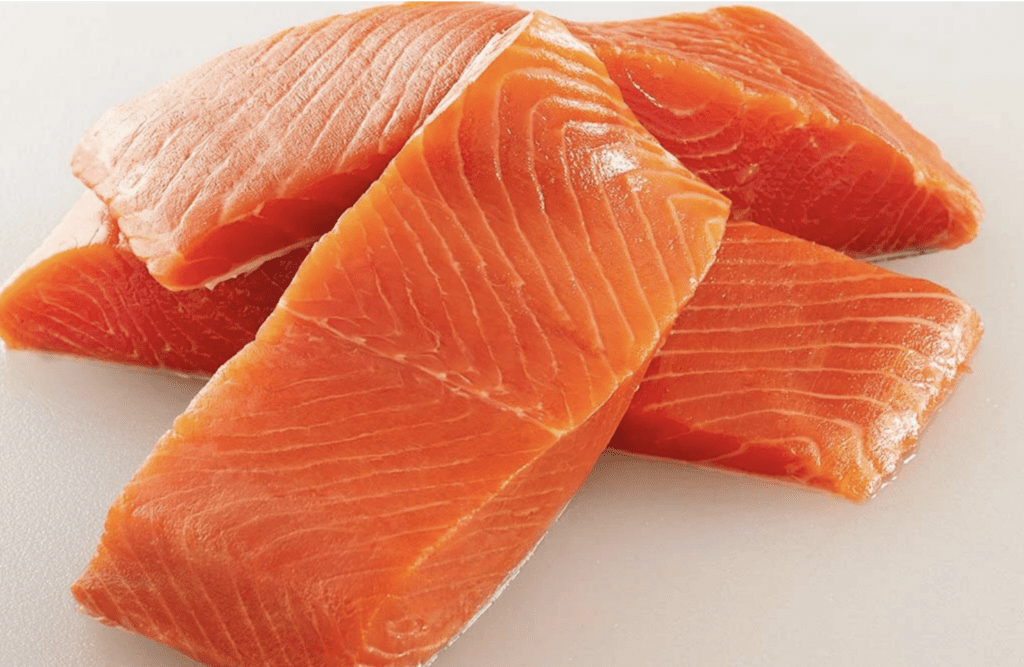
Most Popular Seafood – Salmon
This delicious fish is packed with high levels of healthy omega-3 fatty acids and nutrients and is an excellent source of protein.
The cut of salmon you choose depends on how you intend to cook it and how many people you are serving.
For serving a crowd, buying a whole side of salmon, or at least a 2- to 3-pound side of salmon, will be easiest — you’ll roast it and then divide it into portions afterwards.
A side of salmon is also best if you want to cure or smoke it.
If you’re only serving a few people, go for individual filets, which will have the skin on the bottom, or steaks, which will have the skin around the outside.
Best served pan-seared or grilled, salmon steaks look impressive on the plate but may require additional prep, since they might still have tiny bones in them that need to be removed before cooking.
Individual fillets tend to be the easiest to work with and can be pan-seared, roasted, grilled, or poached.
And if you want to crisp up and enjoy the skin, go for individual fillets.
No matter the cut, salmon should look thick, moist, and vibrant and be free of any bruises or spots.
Salmon can be cooked in various ways, including baked, grilled, or smoked. It is often served with rice, vegetables, and a salad.
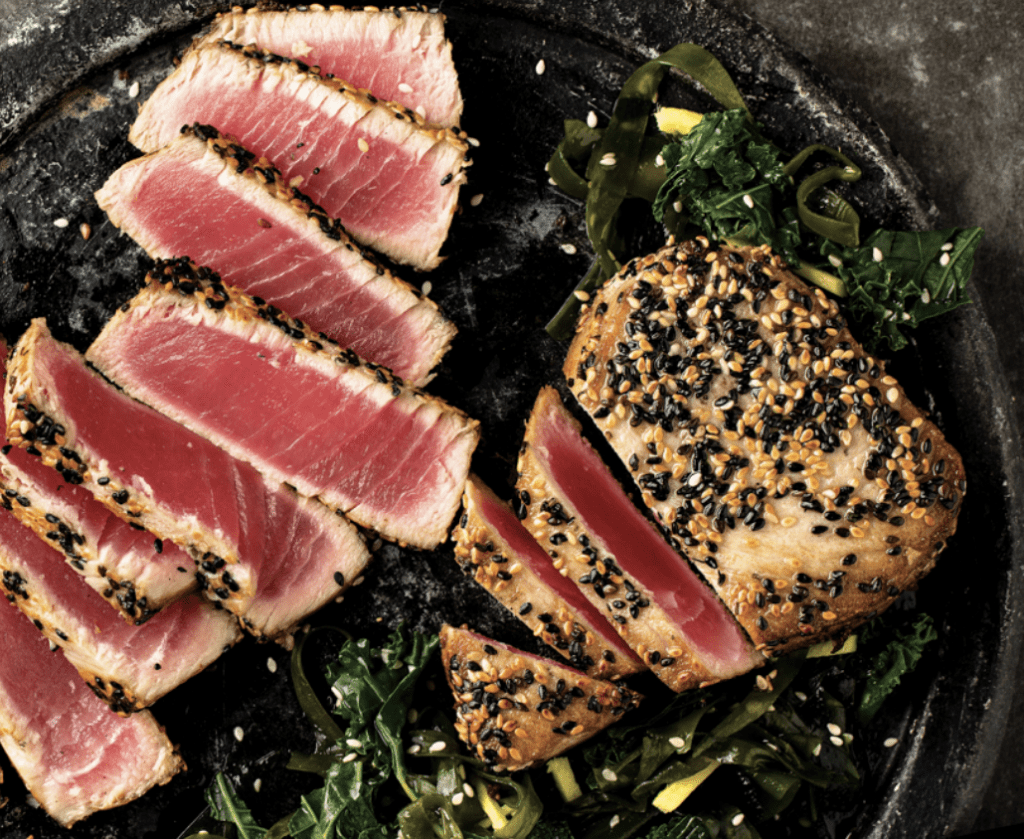
Most Popular Seafood – Tuna
A tuna is a saltwater fish that belongs to the tribe Thunnini, a subgrouping of the Scombridae family.
The Thunnini comprise 15 species across five genera, the sizes of which vary greatly, ranging from the bullet tuna up to the Atlantic bluefin tuna, which averages 2 m and is believed to live up to 50 years.
When buying fresh tuna steaks, look for fish that smells fresh and looks moist and bright.
Avoid tuna that looks dull or brown on the edges. If you’re going to sear your tuna, look for thick steaks that will give you plenty of raw tuna center.
Store fresh tuna steaks covered, on the bottom shelf of the refrigerator, until you’re ready to cook.
Consume within two days of purchase, or you can also freeze tuna steaks for up to three months.
When buying canned tuna, look for the phrases “pole-and-line-caught,” “troll-caught,” and/or “FAD-free,” all of which indicate that the tuna was responsibly caught (ie, in a way that minimizes bycatch).
Look for the kind that’s packed in olive oil for the best flavor, and choose “light” tuna (skipjack) if you’re worried about mercury levels.
The omega-3 fatty acids found in tuna can lower risk for heart disease and cancer, and support brain health.
Of the tuna varieties, fatty bluefin tuna contains the most omega-3 fatty acids.
Tuna is high in vitamin B3 (niacin), which supports heart health; vitamin B12, which is necessary to form red blood cells; and vitamin D, which supports mineral absorption.
Most Popular Seafood
Most Popular Seafood – The term seafood refers to a wide array of marine edibles including shell and ocean fish.
Consumers in the US have a wide choice of locally sourced products as well as seafood imported from around the world.
Most Popular Seafood – Seafood is available in both farm raised and wild varieties.
Fish such as catfish, tilapia, and salmon are routinely farm raised while swordfish, tuna, and shark are harvested from the wild.
Most Popular Seafood – American consumers have a diverse selection of seafood to choose from including such foreign delicacies as geoduck (a large burrowing clam) and bream (used in Mediterranean dishes) to regional favorites like lobster, Alaskan king crab, and southern crawfish.

